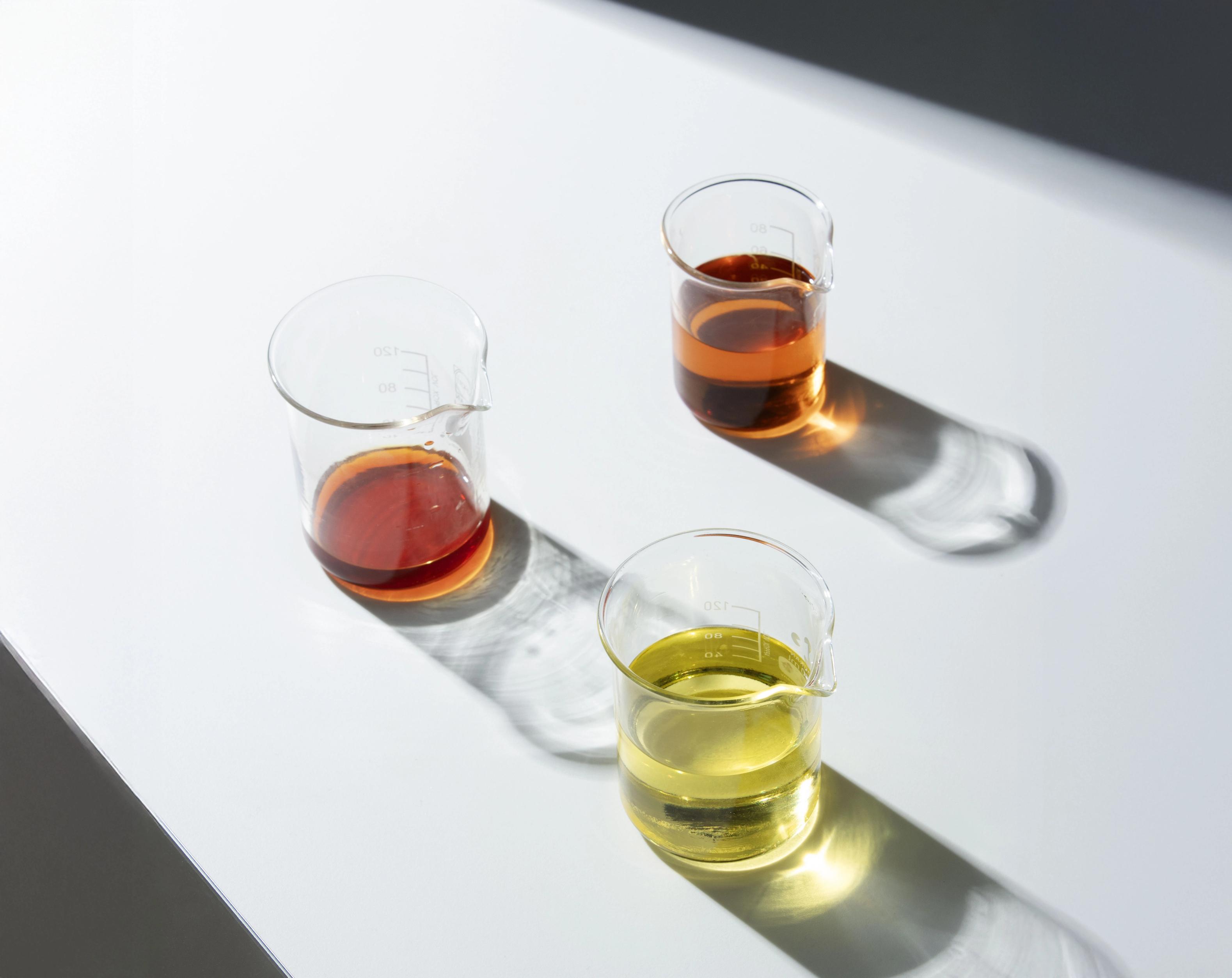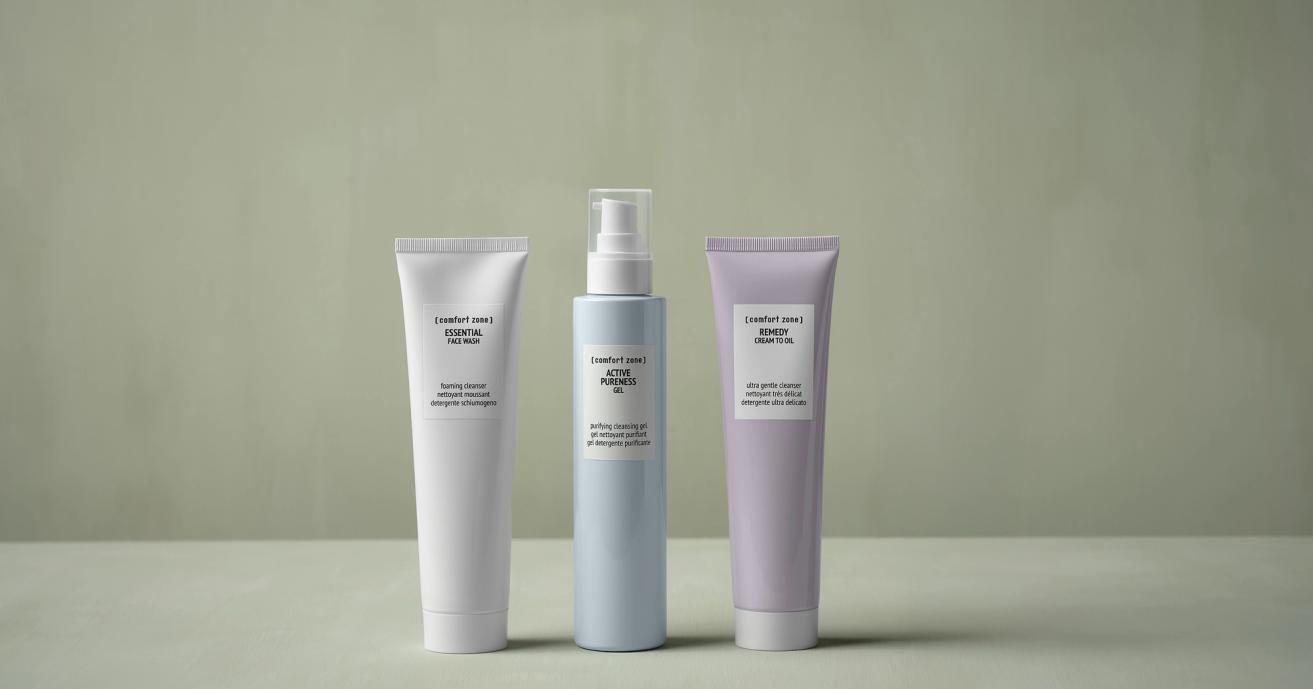Sun Soul Face Cream Spf30
anti-aging face sun cream
skin care
Maria Giulia Simonazzi | International Training Manager
10 min read

Hydroxy acids have been used for over 40 years to help individuals achieve clear, radiant, and healthy skin. The two main types, alpha hydroxy acids (AHAs) and beta hydroxy acids (BHAs), are active ingredients in many skincare products, treating a wide range of skin concerns.
Both AHAs and BHAs act as chemical exfoliants, helping to improve the look of sun-damaged skin, promote smoother skin texture, and reduce signs of aging. However, they differ in how they work and target specific skin concerns.
Common types of AHAs include glycolic, lactic, and citric acids, while the most popular BHA is salicylic acid. By understanding their unique properties, you can make informed choices for your skincare routine. Let's explore the differences between AHAs and BHAs, how to incorporate them safely, and their benefits for your skin.
"Formulas exist for any type or condition of skin, and everyone can benefit from the renewing, stimulating and brightening effects, creating a 'clean slate' that maximizes product absorption to unveil vibrant skin every day."
Elisabeth Nehme - Global Brand Ambassador Comfort Zone
Alpha hydroxy acids (AHAs) are a group of chemical compounds that come from various fruit and milk sugars and are now used in cosmetics and dermatology. These compounds are water-soluble and work together to gently exfoliate the skin, resulting in a softer, smoother texture. Common AHAs found in skincare products are glycolic acid (from sugar cane), lactic acid (from milk), and citric acid (from citrus fruits).
AHAs are an ideal choice for minimizing signs of aging by improving the skin’s overall texture and appearance. Their benefits include:
Beta hydroxy acids (BHAs) are a type of exfoliating acid that deeply penetrates the skin to provide numerous benefits. Unlike AHAs, which primarily work on the skin’s surface, BHAs work by entering the pores of the skin, making them especially effective for treating acne. BHAs are commonly found in acne products designed to address blackheads and blemishes, and they can also be found in combination products that incorporate both AHAs and BHAs. BHAs are an excellent choice for individuals with acne-prone or oily skin types due to their ability to reduce blackheads, whiteheads, and other blemishes.
When it comes to skin care products, beta-hydroxy acid usually means salicylic acid. Some of the key benefits of incorporating a BHA into your skincare routine include:

Although hydroxy acids have similarities, like improving overall skin texture and tone, there are differences to consider when navigating which ingredient is best for your skin. One of their key differences is that
Another difference lies in their strength concentration:
Adding alpha hydroxy acids (AHAs) and beta hydroxy acids (BHAs) into your skincare routine can work wonders for your complexion, especially when targeting specific skin conditions with the right products for your skin type. However, it's important to start with lower concentrations when introducing these acids to your skin.
Begin with a gentle cleanser, toner, serum, or exfoliating mask. Use AHAs and BHAs once or twice a week at first to allow your skin to adjust. As your skin tolerates the acids, you can gradually increase the frequency of use. For those with dry skin or sensitive skin, choose milder AHAs like lactic acid, and opt for BHAs with soothing ingredients to prevent skin irritation.
You can continue using targeted serums such as retinol or vitamin C after applying AHAs or BHAs. Always follow up with a moisturizer and use a broad-spectrum sunscreen to protect your skin after using acids.
Whether you choose AHAs like glycolic and lactic acids, or BHAs like salicylic acid, incorporating these ingredients into your skincare routine can make a significant difference.
Though AHAs and BHAs are popular in the skincare industry for their ability to rejuvenate and clarify the skin, there are still some misconceptions about these ingredients. Here are a few of the most common misunderstandings:
Alpha hydroxy acids (AHAs) and beta hydroxy acids (BHAs) can enhance your complexion by targeting different skin concerns effectively. AHAs work to improve skin texture and diminish signs of aging, while BHAs penetrate pores to tackle excess oil production, acne, and congestion. Start by using them slowly, choose products that suit your skin type, and always use sunscreen to protect your skin.

anti-aging face sun cream
Delicate enzymatic mask
Illuminating refining scrub
Anti-wrinkle serum
Brightening serum